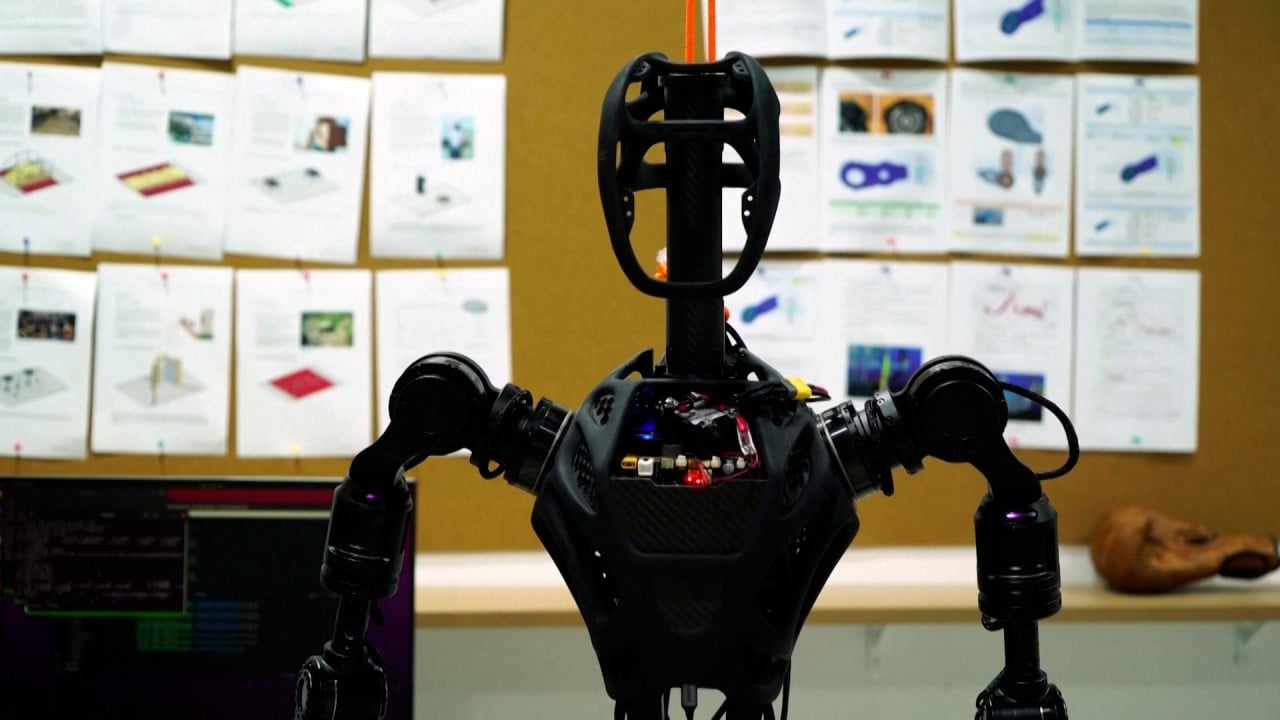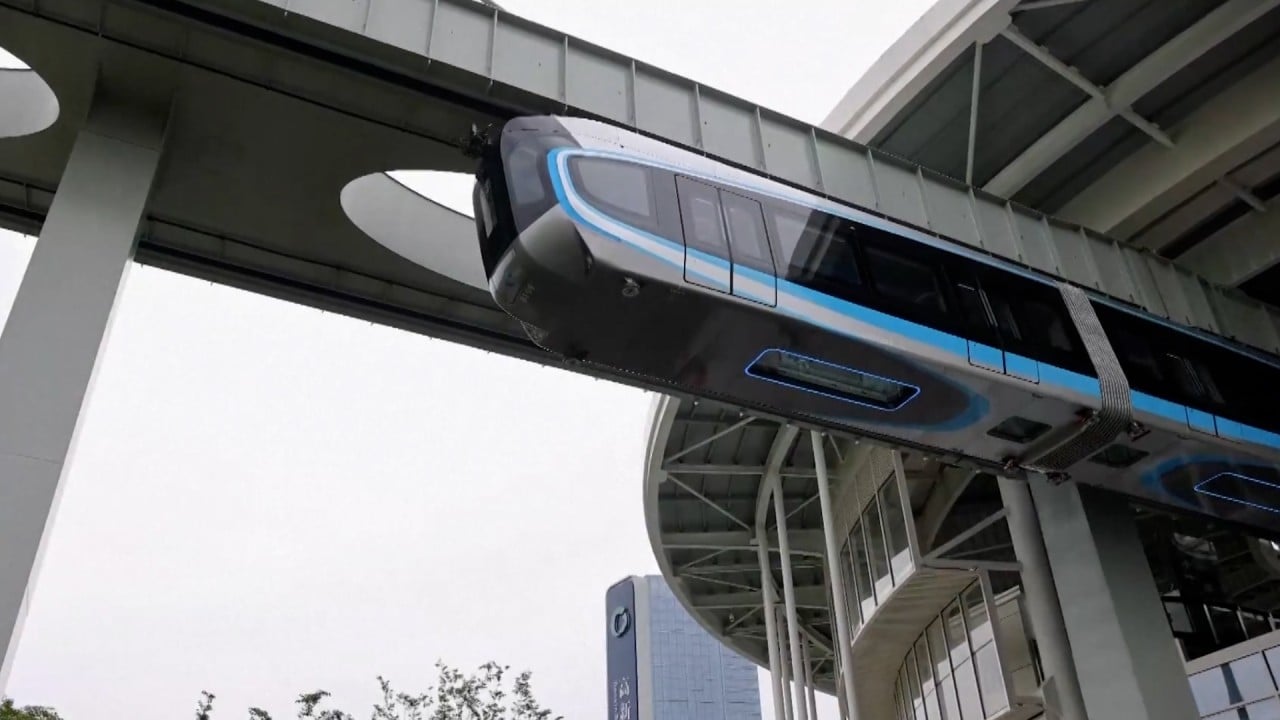
Why many in China – unlike in the US – see AI as a force for good
- At least one survey in recent years has shown the difference in how people in China and the US view artificial intelligence
- The government’s adoption of the technology to improve people’s daily lives, and its use in many consumer-facing apps, have convinced Chinese people of its benefits
The 2023 World Artificial Intelligence Conference (WAIC) held in Shanghai from July 6 to 8 attracted 400 companies and hundreds of thousands of attendees in-person and online. The public was wowed by exhibitions that included large language models, service robots making coffee, machines capable of carrying out precision surgery and metaverse mirrors that produce a moving image of one’s virtual self.
The event brought together business executives, academics and policymakers to share insights on trends in AI technology across industries and to discuss issues related to AI ethics and governance. The conference primarily aimed to highlight the benefits of AI.
It overlapped with the United Nations’ AI for Good summit in Geneva, where humanoid robots assured reporters at a press conference that they would not rebel against humans or steal our jobs.
What accounts for the difference in attitudes to AI in China and the US? The systematic embedding of AI into people’s everyday lives may be a critical factor in its wide acceptance in China.
For instance, artificial intelligence in China has been strategically integrated into urban landscapes. First, the government has adopted AI to improve infrastructure on which everyone relies. Second, AI operates in many consumer-facing apps which the public is already comfortable with.
AI augmentations to infrastructure related to transport has made its contribution to people’s daily lives more visible.
A metaverse application designed for public use during the 2023 WAIC provided enhanced views of four landmarks in Shanghai. At these locations, people could turn on the app on their iPad, and engage in a world in which the landmarks were overlaid with virtual elements, such as a singing mascot and fireworks.
During part of the WAIC opening ceremony, the massive screen flanking the stage showed an AI-generated image of Shanghai’s cityscape. Traditional Chinese architecture was interspersed with the skyscrapers of modern Shanghai, representing the conference’s vision of pursuing innovation while preserving rich cultural traditions.
This year’s WAIC highlighted various uses for AI in daily life, such as in making PowerPoints, performing medical diagnosis, writing calligraphy, discovering clean energy solutions, and intelligent financial management systems. This helps Chinese consumers appreciate its value in solving practical problems, and as a result, they feel less intimidated by the exponential growth of this technology.
Gerui Wang is a visiting scholar at Stanford University



